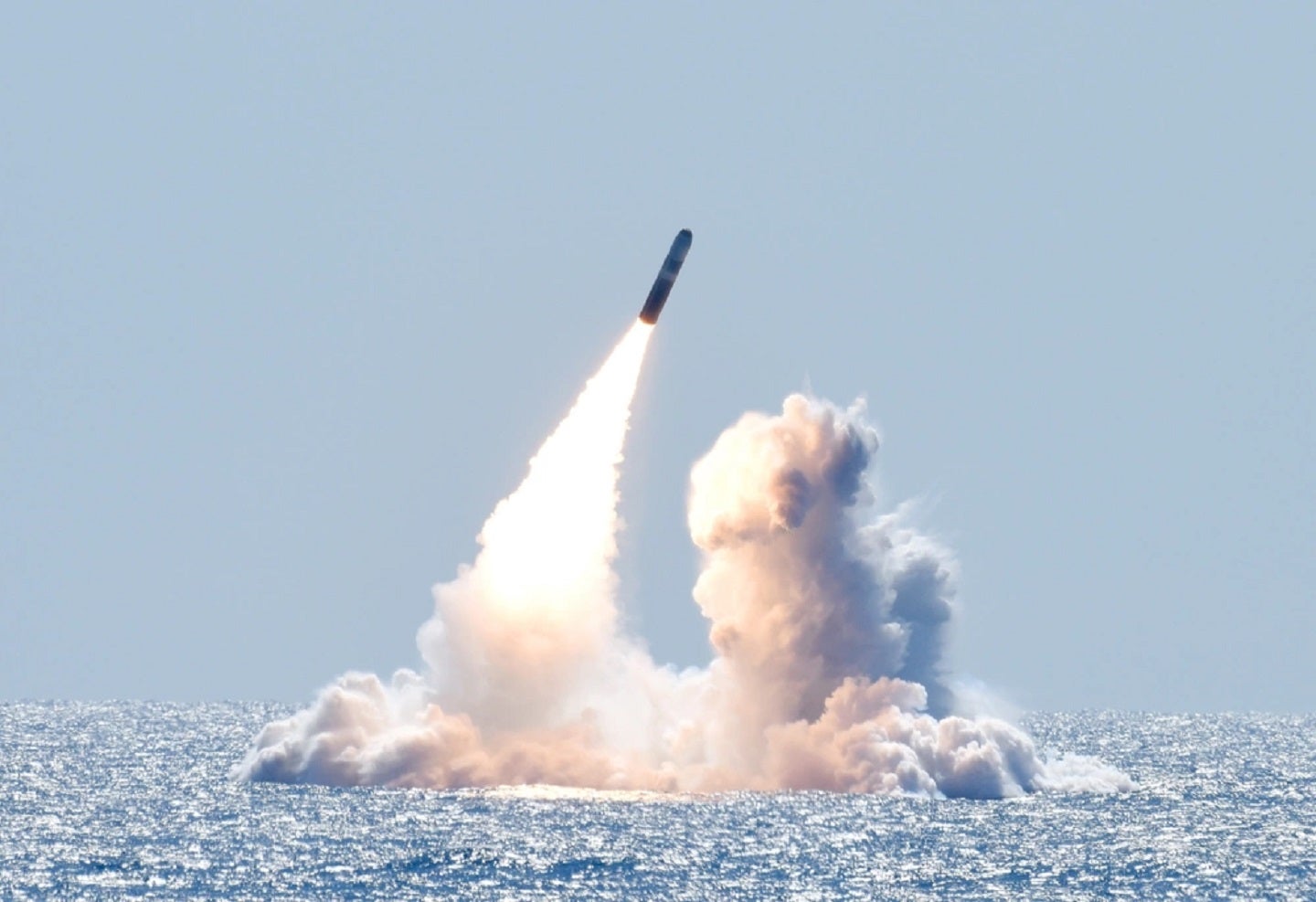
The UK and US are both committed to upholding the liberal international order. What largely maintains their tentative posture around the world is a working nuclear deterrent.
For that reason, the US Department of Defense (DoD) has awarded General Dynamics Mission Systems (GM) with a $43.9m modification to a previously awarded contract to exercise options for UK and US Trident II (D5) nuclear ballistic missile submarine (SSBN) fire control system and nuclear cruise missile submarine (SSGN) attack weapon control system support.
Work will be performed in Pittsfield, Massachusetts (98%); and Rhode Island (2%). Work is expected to be completed April 30, 2025.
Long-term development
In its report on The Global Submarine Market Forecast 2023-2033, GlobalData expects the North American region to dominate the sector with a global share of 44.0%, followed by Asia-Pacific and Europe with shares of 30.7% and 20.2% respectively.
GM’s development of UK and US nuclear submarine capabilities represents a small part of the DoD’s incremental nuclear development. The current US Ohio-class SSBNs and the UK Vanguard-class SSBNs will be adapted with developments to the missile control systems that hold the D5 missiles.
Meanwhile, in the long-term, GlobalData forecasts that the US will continue to invest in its next-generation Columbia-class SSBNs, which will register a compound annual growth rate (CAGR) of 4.78% between 2023-33, while the UK invests in its Drednought-class SSBNs, which will similarly register 4.03% CAGR in the same period.
Nuclear deterrence
The UK’s recently published Integrated Review Refresh 2023 marks the “epoch-defining challenge” that the People’s Republic of China (PRC) poses to the international rules-based order. The text expressly states that “the success of the defence nuclear enterprise remains a critical national endeavour, requiring significant and sustained investment and support from government”.
Similarly, the US declared in the President’s FY 2024 Budget: “this year’s budget also increases funding to continue modernising all three legs of our nuclear triad to maintain a safe, secure, and effective strategic deterrent against advanced and persistent threats around the world”.
The DoD contract goes some way to strengthening the two countries shared nuclear deterrence at sea, particularly in the Indo-Pacific theatre where the PRC are most ambitious in their expansionism.




